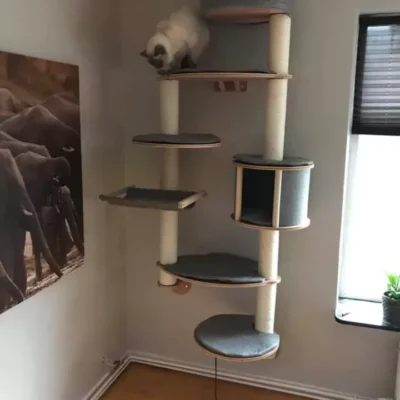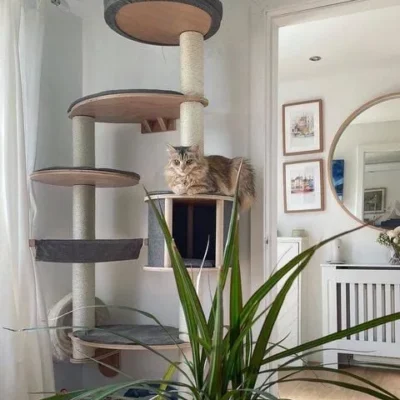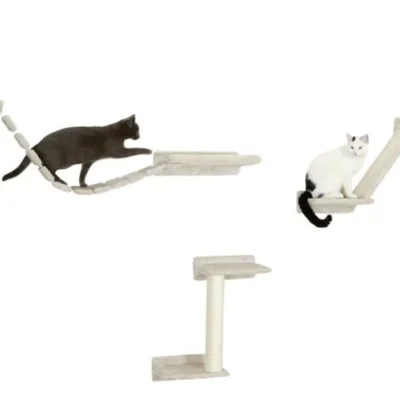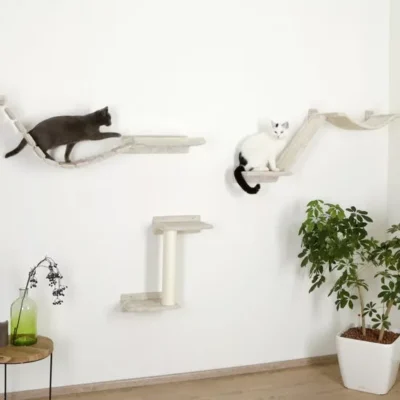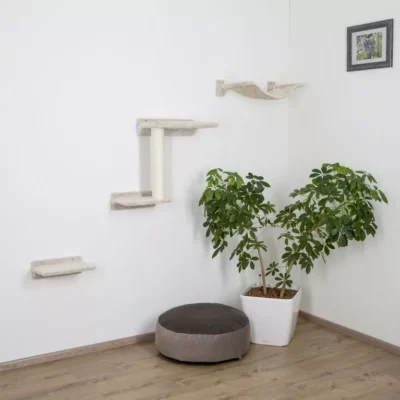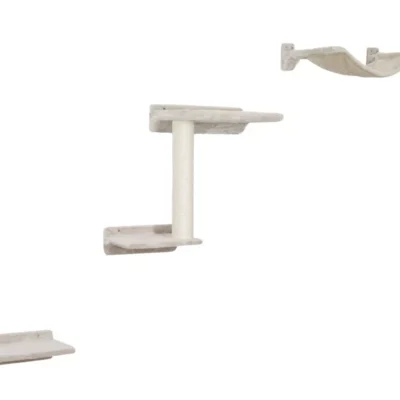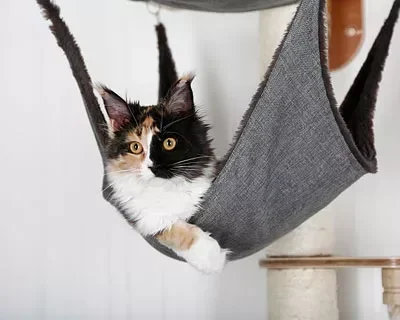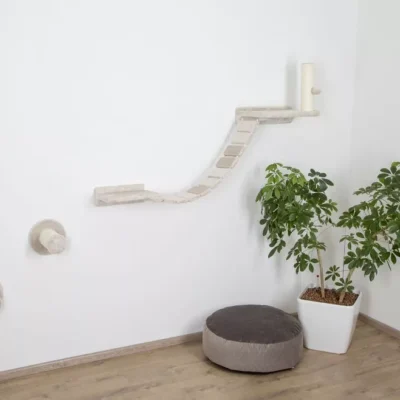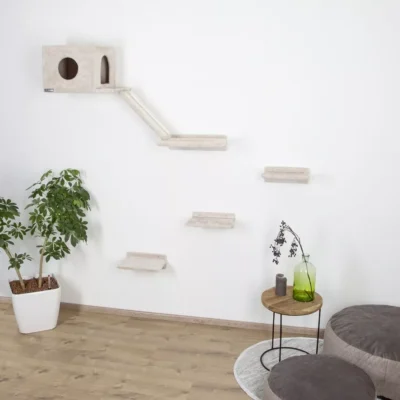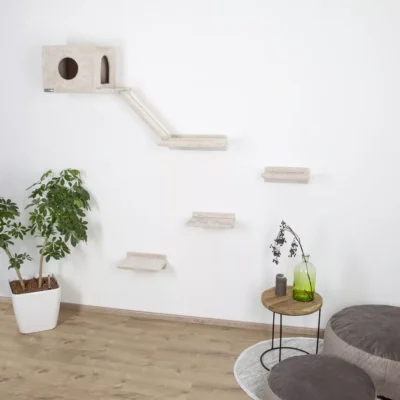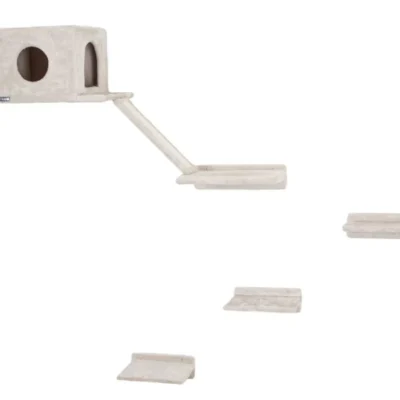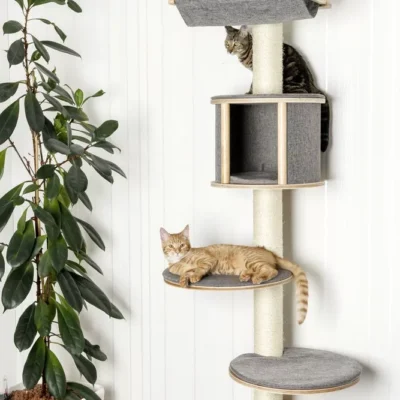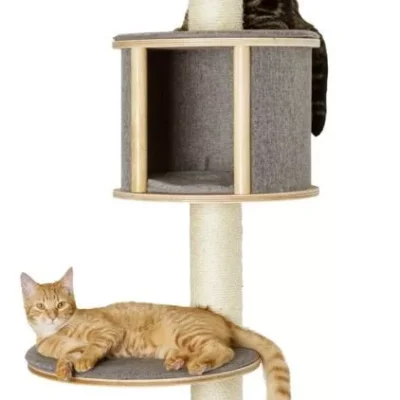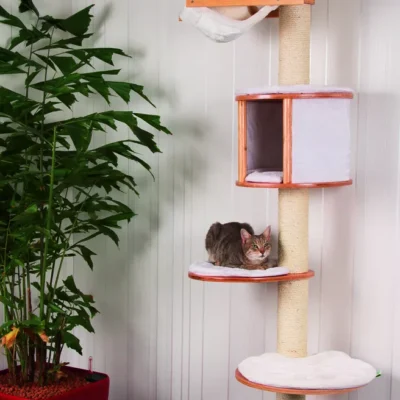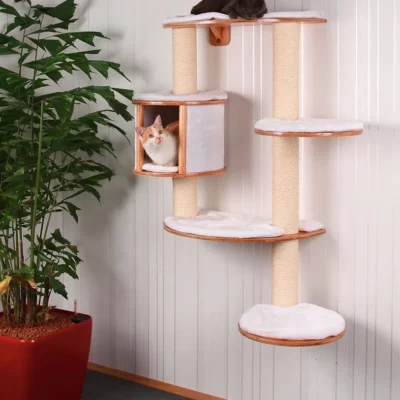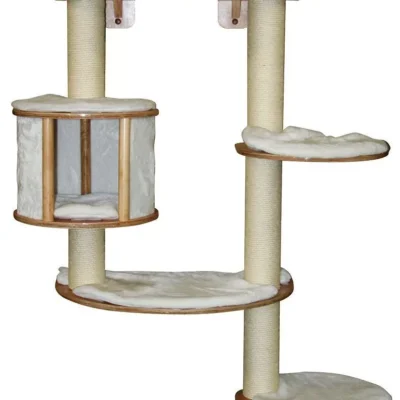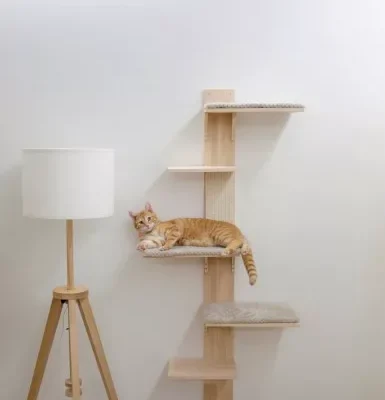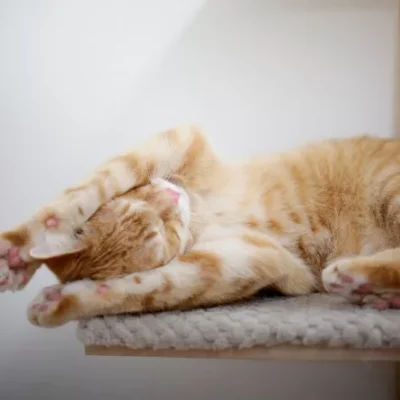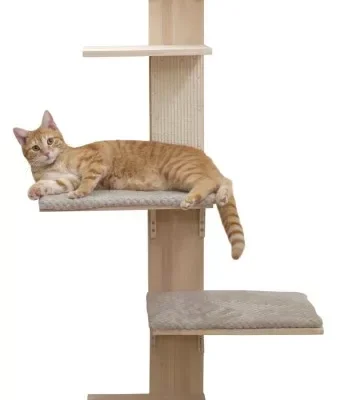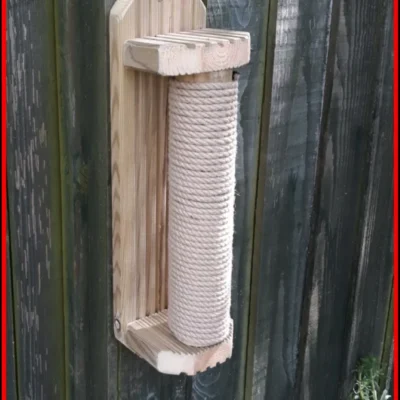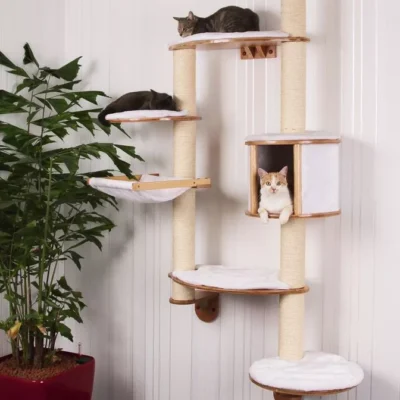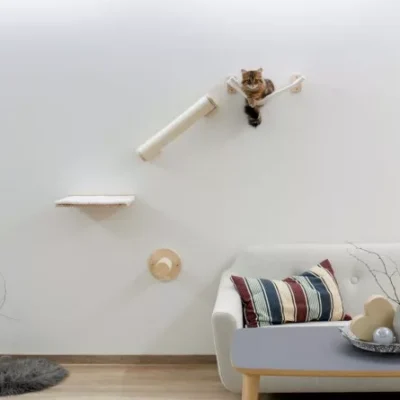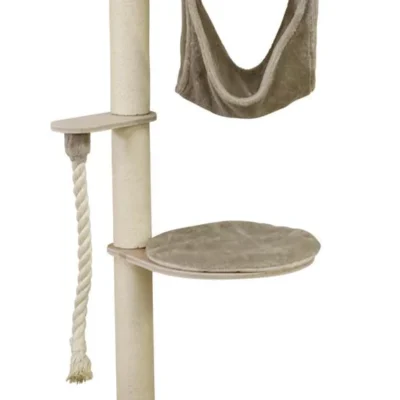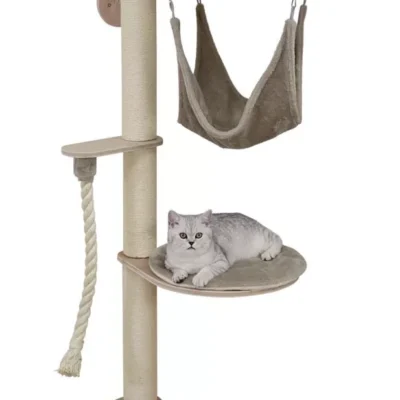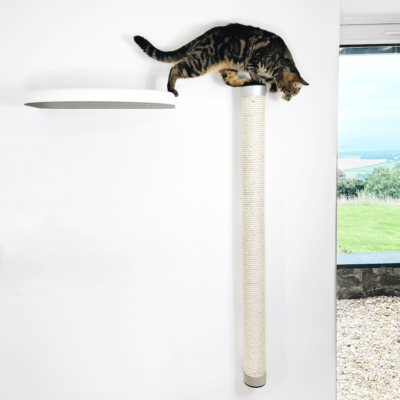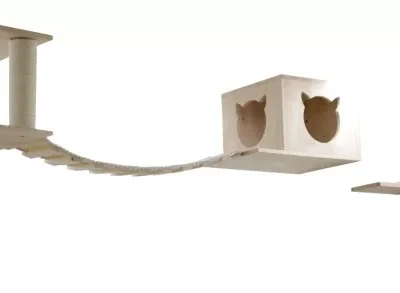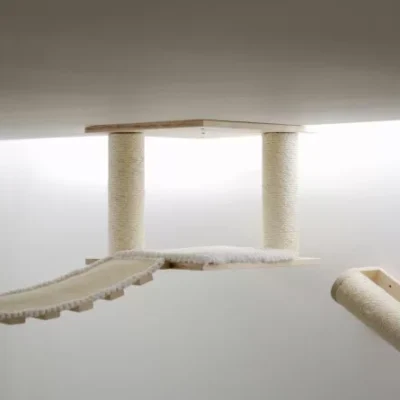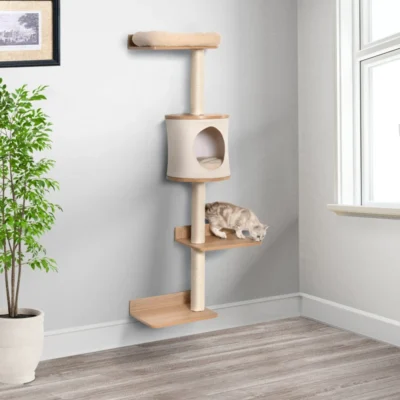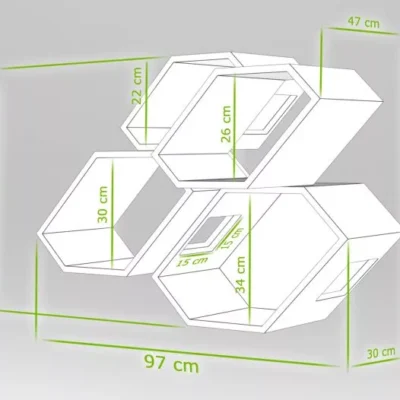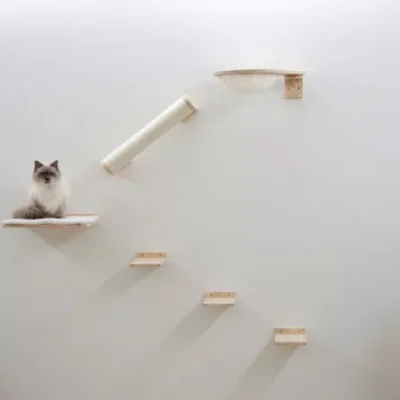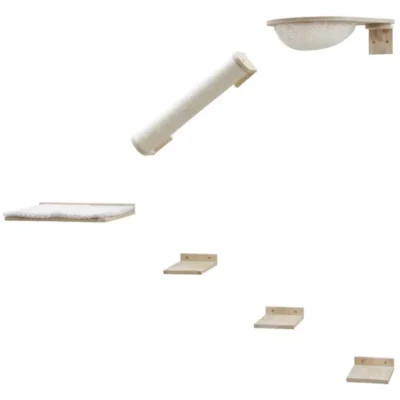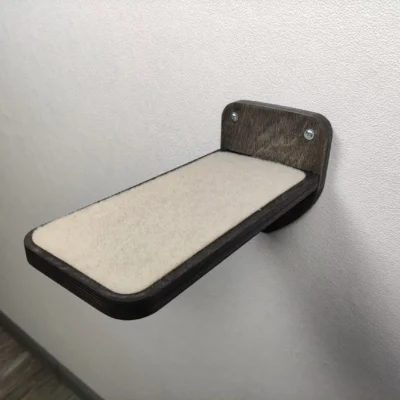0
Cats, with their enigmatic charm and delightful antics, have been cherished as companions in homes worldwide for centuries. Understanding what brings joy and contentment to these elegant animals is not just a matter of interest for cat enthusiasts; it’s crucial for their well-being. The concept of cat happiness is intricate, extending well beyond basic play or relaxation. It is an integral part of their overall health and longevity.
The correlation between a cat’s happiness and its overall health is significant. Cats, akin to humans, flourish in environments where their emotional, physical, and psychological needs are met.
A content cat is often more active, engages more readily with its environment, and leads a healthier lifestyle. On the flip side, cats lacking in stimulation or comfort might show signs of stress, anxiety, or even physical health issues.
In this blog, we aim to delve deep into the science of cat happiness. Our goal is to decipher what truly delights our feline friends. Is it the warmth of a cozy lap, the excitement of a playful chase, or the pleasure of a satisfying scratch? We plan to explore various facets of cat behavior, environmental enrichment, and the unique bond cats share with their human companions to uncover the secrets to a happy and fulfilling life for our beloved cats.
As we journey through the intriguing realm of feline happiness, we’ll draw on expert insights and provide practical tips on enhancing our pets’ lives. This blog is designed to be a valuable resource for both seasoned cat owners and those new to the enchanting world of feline companionship. We’re dedicated to offering a wealth of knowledge and actionable advice to deepen your bond and understanding with your cat.
Let’s embark on this exploratory path to discover the essence of feline joy and learn how we can play a pivotal role in fostering our cats’ happiness and well-being. Join us in this engaging exploration, and together, let’s unlock the secrets to making our feline friends purr with contentment.
Understanding Cat Behavior
Understanding the behaviors and subtle cues of our feline companions is a critical aspect of recognizing their needs and emotions. Cats have a unique way of communicating their feelings and requirements, which they express through various behaviors, body language, and vocalizations. Interpreting these signals accurately is essential to ensuring their happiness and well-being.
One of the most significant indicators of a cat’s emotional state is its body language. A relaxed posture, characterized by a softly curled tail and naturally positioned ears, typically signifies a cat’s contentment.
In contrast, a cat displaying flattened ears, dilated pupils, and a puffed-up tail is likely experiencing feelings of threat or agitation. Understanding these physical cues can provide deep insights into a cat’s emotional well-being.
Vocalizations in cats are equally telling. The gentle purr of a cat often indicates a state of contentment, while a low growl or hiss may suggest feelings of fear or annoyance. Cats also vary their meows in tone, volume, and frequency, each variation carrying a different meaning, ranging from demands for attention to expressions of discomfort.
The playfulness and activity levels of a cat are clear indicators of its happiness. A cat that regularly engages in play, shows curiosity about its surroundings, and maintains a good energy level is generally in a happy state. On the other hand, a decrease in playfulness or overall activity can be a sign of distress or health issues, which requires attention.
Eating and grooming habits are also reflective of a cat’s emotional state. Cats that are content and comfortable typically maintain regular eating and grooming routines. Conversely, signs of stress can manifest as over-grooming or a lack of grooming, while changes in eating habits may indicate emotional or physical issues.
Interaction with humans and other pets is another critical aspect of a cat’s behavior. A happy cat usually enjoys interactions, whether it’s seeking attention, enjoying being petted, or simply liking to be in the company of its family. If a cat exhibits avoidance behavior, hides frequently, or shows aggression, it might be a sign of discomfort or unhappiness.
Creating a nurturing and comfortable environment for a cat involves understanding and responding to these behaviors. Ensuring that your cat has a safe and comfortable space to retreat and relax is paramount. Regular play is not just a source of entertainment; it’s crucial for a cat’s physical and mental health.
Being alert to changes in your cat’s behavior can be an early indicator of health issues. Cats are creatures of habit, and establishing a routine for feeding, playtime, and affection can contribute to their sense of security. Additionally, each cat is unique, and understanding and respecting your cat’s individual preferences for interaction, play, and affection is key.
In conclusion, comprehending cat behavior is not just about addressing their immediate needs, but also about building a deep and empathetic relationship with them. By being attentive to these behavioral cues and understanding what they signify, cat owners can provide a happier, more comfortable environment that caters to their pet’s emotional and physical needs.
Environmental Enrichment
Environmental enrichment is a crucial aspect of cat care, aimed at enhancing the quality of life for our feline companions. It involves creating a living space that stimulates their natural instincts and behaviors, providing them with opportunities for play, exploration, and relaxation. A well-enriched environment can significantly contribute to a cat’s overall happiness, reducing stress and preventing behavioral issues.
Mimicking natural behaviors is one of the key benefits of environmental enrichment. Cats have inherent instincts like climbing, scratching, and hunting. An enriched environment provides outlets for these natural behaviors, which is essential for their mental and physical well-being.
Reducing boredom and stress is another important aspect. In an enriched environment, cats are less likely to get bored or stressed. Engaging activities and stimulating surroundings can prevent destructive behaviors and promote a more relaxed demeanor.
Physical exercise is vital for a cat’s health, and an enriched environment encourages movement and play. This helps keep cats physically fit and reduces the risk of obesity and related health issues.
Mental stimulation is equally crucial. Challenges and new experiences keep a cat’s mind active and alert, which is especially important for indoor cats.
Practical tips for creating an enriched living space include utilizing vertical space with cat trees, shelves, or window perches. Cats love to climb and observe their surroundings from a height. Providing various scratching posts or pads allows cats to maintain their claw health and mark their territory.
Offering a variety of toys that stimulate hunting instincts, such as feather wands, laser pointers, or interactive puzzle feeders, is essential. Safe outdoor access, if possible through a secure cat patio (catio) or leash training for supervised exploration, can provide valuable experiences.
Creating comfortable and quiet resting areas where your cat can retreat and relax without disturbance is vital. Rotating toys and introducing new enrichment items regularly keeps your cat interested and engaged.
For households with multiple cats, ensuring there are enough resources like litter boxes, food bowls, and resting areas for each cat reduces competition and stress. Sensory stimulation through various textures, scents like catnip or pheromone diffusers, and sounds can enrich your cat’s environment further.
In conclusion, environmental enrichment plays a vital role in the happiness and health of cats. By understanding and catering to their natural instincts and needs, cat owners can create a stimulating and engaging living space. This not only enhances the quality of life for our feline friends but also strengthens the bond between cats and their owners. The goal is to provide a diverse and stimulating environment that challenges and entertains, ensuring that your cat leads a fulfilling and joyful life.



